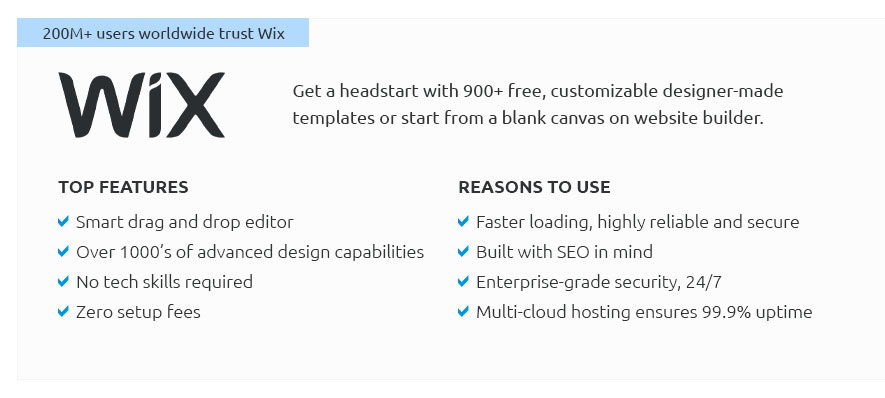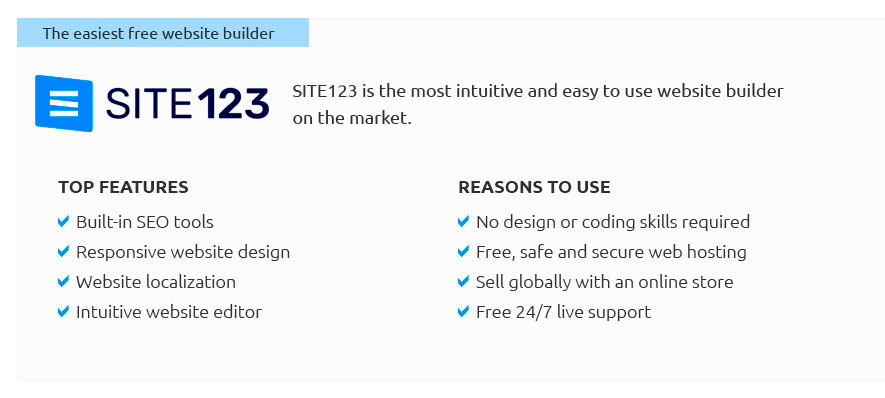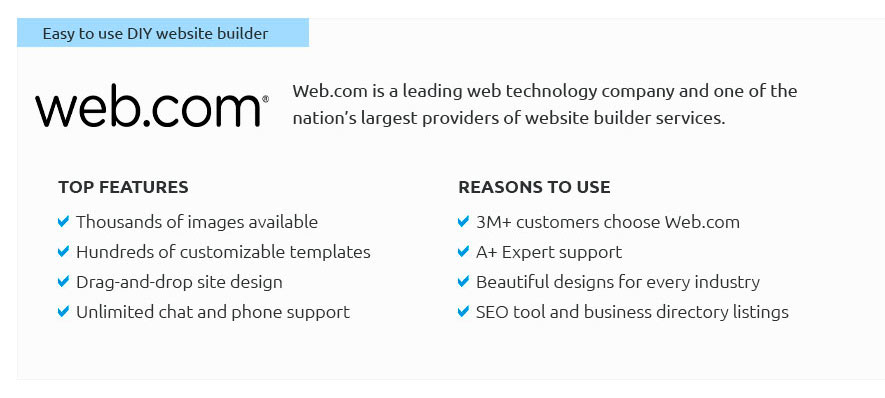 |
 |
 |
 |
|
 |
 |
 |
|
 |
|
 |
 |
|
 |
|
 |
|
 |
 |
Setting Up Your Own Website: A Comprehensive GuideIn today's digital age, creating your own website can be both a rewarding and challenging endeavor. Many people find themselves overwhelmed by the sheer volume of information available, but fear not! This guide will provide you with a clear, concise pathway to establishing your online presence. First and foremost, the question of why you want to create a website must be addressed. Whether it’s to showcase your portfolio, sell products, or share your thoughts via a blog, understanding your purpose will guide many of your decisions. With your goal in mind, let’s delve into the specifics of getting started. Choosing a Domain Name is arguably one of the most important steps. Your domain name is your identity on the web; it should be unique, easy to remember, and relevant to your content. Keep it simple and avoid using complex characters or numbers, as these can often lead to confusion or typos. Once you have a domain name in mind, it’s time to select a web hosting service. This decision is crucial as your host is the foundation of your website. Factors such as reliability, speed, and customer support should heavily influence your choice. Renowned providers like Bluehost, SiteGround, and HostGator are popular options for beginners, offering competitive pricing and a range of features. Next, you will need to decide on a platform for building your site. Content Management Systems (CMS) like WordPress, Joomla, and Drupal are favored for their flexibility and ease of use. WordPress, in particular, is a popular choice due to its extensive library of themes and plugins, allowing for a high degree of customization without requiring advanced coding skills. Design and Layout are where your creativity comes into play. A well-thought-out design can make your website more engaging and user-friendly. Opt for a clean, intuitive layout that facilitates easy navigation. The use of color and imagery should be consistent with your brand and appealing to your target audience. Content Creation is the lifeblood of your website. Quality content will not only attract visitors but also encourage them to return. Whether through blog posts, product descriptions, or multimedia, ensure that your content is original, relevant, and regularly updated to maintain engagement and improve your site's SEO.
In conclusion, setting up your own website is a multifaceted process that involves careful planning and execution. While it may seem daunting at first, with patience and diligence, anyone can build a successful online presence. Remember, the key is to remain adaptable and open to learning as you navigate this digital journey. https://www.wix.com/blog/how-to-build-website-from-scratch-guide
How to create a website from scratch in 11 steps (for beginners). https://www.quora.com/I-want-to-try-making-a-website-of-my-own-and-I-am-totally-new-to-this-How-do-I-start-What-do-I-need-to-do-at-this-initial-stage
In 2020, anyone can build and design a website without knowing anything about web development, design, or coding. To create a website, you need ... https://www.shopify.com/website/builder
1. Plan your business - 2. Pick your platform - 3. Customize your website - 4. Launch your store.
|